Functional Fitness and CrossFit are two of the most popular fitness trends right now. But what exactly are they? And is one better than the other? In this article, we will answer all of your questions about Functional Fitness and CrossFit, and help you decide which one is right for you!
What is functional fitness training?
Functional fitness training is a type of exercise that focuses on improving your ability to perform everyday tasks. This can include activities like carrying groceries, climbing stairs, or even doing laundry. Functional fitness training typically uses bodyweight exercises, dumbbells, and kettlebells to mimic these activities. The benefits of functional fitness training are many. This type of exercise can help improve your balance, coordination, and flexibility. It can also help strengthen your muscles, tendons, and ligaments. And because functional fitness training often uses compound exercises (exercises that work multiple muscle groups at the same time), it can be a great way to get a full-body workout in a short amount of time.

Worth noting is that functional fitness training is not just for people who are looking to improve their physical fitness. It can also be beneficial for people with chronic conditions or injuries. That’s because functional fitness exercises often place less stress on the joints than traditional weight-bearing exercises (such as running or lifting weights). If you’re new to functional fitness training, it’s important to start slow and gradually increase the intensity of your workouts. And be sure to consult with a doctor or certified personal trainer before starting any new exercise program. [1]
What is CrossFit?
CrossFit is a strength and conditioning program that combines elements of Olympic weightlifting, gymnastics, running, rowing, and more.
Worth noting is that CrossFit is not a new program by any means. It was created in the early 2000s by Greg Glassman, who is still its CEO today.
Also of note is that, while there are thousands of CrossFit gyms (known as “boxes”) around the world, you don’t need to be a member of a box to do CrossFit. In fact, many people who do CrossFit workouts at home or in their garage (a.k.a. “garage gyms”).
However, if you are interested in joining a CrossFit box, the first step is to attend a “Foundations” course, which will teach you the basic movements and techniques used in CrossFit. [2]
Differences between functional fitness and CrossFit
Functional fitness and CrossFit are two terms that are often used interchangeably, but there are some key differences between the two.

Functional fitness is a workout approach that readies the body for daily life by replicating common motions, such as picking up groceries or going up stairs. As opposed to CrossFit, which is a taxing fitness program that draws from various types of sports like weightlifting.
Though both types of training indubitably have their own merits, functional fitness typically benefits those wanting to improve overall health, while CrossFit is designed for athletes looking to take part in competitions or enhance their abilities in other sports.
Worth noting that functional fitness:
- A type of training that focuses on improving the body’s ability to perform everyday activities
- Improving overall health and fitness
CrossFit:
- A high-intensity fitness program that combines elements of several different sports and disciplines
- Geared towards those who want to compete in athletic events or improve their performance in other sports.
However , many people find that CrossFit workouts can be adapted to suit their own goals and fitness levels, making it a great option for both athletes and non-athletes alike. [3]
Pros and cons of functional fitness and CrossFit
Functional fitness and CrossFit both have their own set of pros and cons. Here’s a look at some of the most notable ones.
Fitness training
Let’s explore the benefits of functional fitness training.
- Functional fitness can help you move more easily in everyday life.
- Better balance and coordination can reduce your risk of falls and injuries.
- Stronger muscles can protect your joints from injury.
- Increased bone density can reduce your risk of osteoporosis.
- If you improve your cardiovascular fitness, you can reduce the likelihood of developing heart disease.
- Increased lung capacity can improve your ability to participate in activities like running and swimming.
- Better mental health can lead to improved overall health.
- Enhanced self-esteem can lead to better body image and improved mental health.
- Improved quality of sleep can lead to improved mental and physical health.
- Improved immune system function can lead to better overall health.
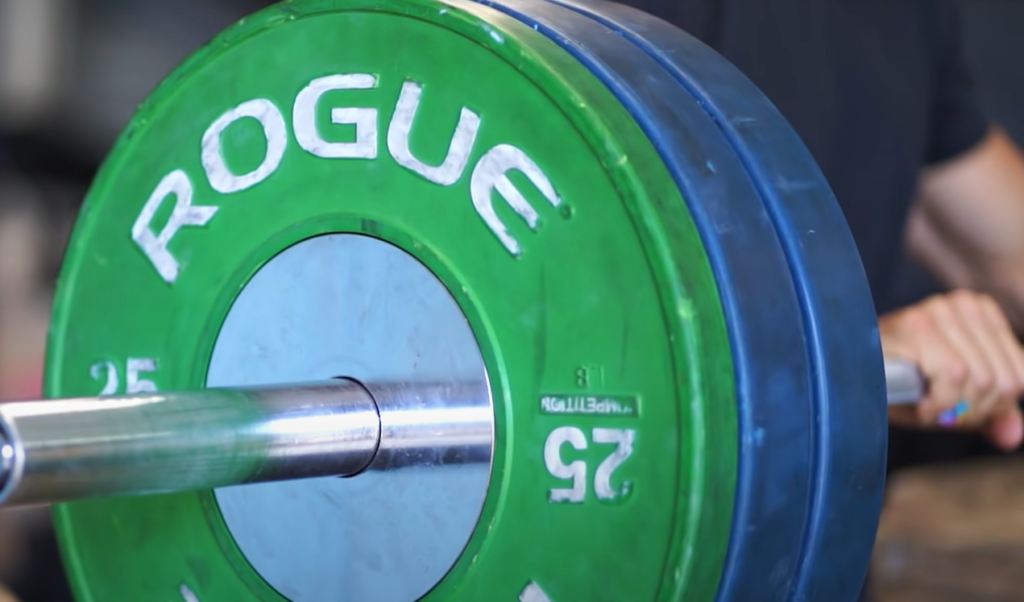
There are many benefits to be gained from participating in functional fitness or CrossFit training. However, as with any type of exercise, there are also some risks.
Functional fitness and CrossFit training can provide many benefits, including improved cardiovascular fitness, increased muscle strength and endurance, better balance and coordination, and enhanced self-esteem. However, there are also some risks associated with these activities. If you have any medical conditions or are starting an exercise program, be sure to talk with your doctor first.CrossFit
Let’s explore the benefits of CrossFit. CrossFit is a strength and conditioning program that combines aspects of various sports and exercises into a daily workout. The program is designed to improve fitness and health by increasing muscle endurance and improving cardiovascular health. CrossFit workouts are typically short and intense, involving a mix of weightlifting, gymnastics, and cardio exercises. The workouts are often done in a group setting, which can provide motivation and support. CrossFit is a great way to get fit and healthy, but it’s important to understand the difference between CrossFit and other types of exercise programs. CrossFit is not a traditional fitness program like aerobics or weightlifting. It’s a more extreme form of exercise that is not for everyone.
Let’s explore the flaws of CrossFit. CrossFit has been criticized for being too intense and dangerous for some people. There have been reports of injuries, and even deaths, associated with CrossFit workouts. The intensity of the program can be overwhelming for some people, and the risk of injury is higher than with other types of exercise programs. CrossFit is not for everyone, and it’s important to speak with a doctor or trainer before starting the program. [4]
FAQ
Is CrossFit actually functional?
The answer to this question is a bit complicated. In order to understand whether or not CrossFit is functional, we need to first understand what functional fitness actually is. Functional fitness can be defined as exercises that mimic or simulate movements that we do in our everyday lives. These exercises focus on coordination and preparing our bodies for common movements

While CrossFit does use exercises that simulate everyday movements, it also uses a lot of exercises that are not functional. For example, Olympic lifts such as the clean and jerk or the snatch are not functional movements. These lifts are incredibly technical and take years to perfect. They are also not necessary for everyday life. So, while CrossFit does use some functional exercises, it is not entirely functional.
What is considered functional fitness?
Functional fitness is a term used to describe physical fitness developed through exercises that mimic or recreate activities performed in daily life.The goal of functional fitness is to improve the quality of one’s life and overall health by increasing strength, flexibility, balance, and coordination.Functional fitness can be achieved through a variety of means, including traditional forms of exercise such as weightlifting, bodyweight exercises, and yoga, as well as more unique methods such as pole dancing and rock climbing. Function fitness has countless advantages, like reducing your chances of being injured, getting stronger and lasting longer without tiring, as well as gaining better balance and control.
What is the difference between functional training and weight training?
The main difference between functional training and weight training is that functional training exercises train your muscles to work together to perform everyday activities, while weight training exercises train your muscles to work independently of each other. While both types of exercise are important for overall fitness, functional training is often more beneficial for people who want to improve their performance in everyday activities.
What is better CrossFit or fitness?
The CrossFit community will say that CrossFit is better than just fitness because it is a complete package that not only helps you get in shape, but also teaches you how to eat healthy and live a healthier lifestyle. Functional fitness on the other hand is said to be more focused on the individual and their unique needs. There is no one-size-fits-all approach with functional fitness, which is why some people may prefer it over CrossFit.
What does CrossFit do to a woman’s body?
CrossFit is a strenuous workout that can cause significant muscular soreness and fatigue. Nevertheless, many women find that the benefits of CrossFit far outweigh the challenges. CrossFit can lead to positive changes in body composition, including increased muscle mass and decreased body fat. In addition, CrossFit has been shown to improve cardiovascular fitness, reduce blood pressure, and improve cholesterol levels.
Does CrossFit get you ripped?
CrossFit is a high-intensity fitness program that combines strength, conditioning, and gymnastics. The workouts are constantly varied and typically last under an hour. CrossFit is a great way to get in shape, but it’s not the only way. The benefits of functional fitness are numerous, but some people may be more interested in its ability to mimic everyday life.
If you’re looking for an exercise that trains your body how it moves during common movements like lifting or carrying things around with ease then this type might just suit what you need. While CrossFit is a great way to get ripped, it’s not the only way to get in shape. Functional fitness is a term used to describe exercises that train your body to perform everyday activities more efficiently. These exercises often mimic the movements you would do in your daily life, such as lifting, carrying, and squatting.
What are 3 examples of functional training?
- Training that focuses on activities that mimic real-life movements. This can include exercises like push-ups, squats, and lunges.
- Exercises that target multiple muscle groups simultaneously. This type of training is often used by athletes to build strength and power.
- Training that uses specialized equipment to improve balance, coordination, and agility. This can include exercises like balance beam walking or single-leg deadlifts.
Can you get ripped with functional training?
The quick answer is yes, functional training can help you get ripped. The more detailed answer is that it depends on how you approach your workouts and what your goals are.If your goal is to simply improve your overall fitness or lose weight, then functional training can be a great way to do that. However, if your goal is to build muscle and get ripped, then you will need to approach your workouts differently. In order to build muscle and get ripped, you need to focus on two things: lifting heavy weights and eating a lot of protein.
Functional training can help you with the first part by teaching you how to lift heavy weights safely and effectively. We all know that the best way to get enough protein in our diets is by supplementing with a quality powder. There are many different types out there, but not everyone has equal capabilities.
When choosing a protein powder, look for one that has high-quality ingredients and low calories. A good choice will be one with plenty of pure proteins to keep you feeling full while dieting or just wanting something extra at breakfast. Whey protein is the perfect choice for those who want to build muscle and lose fat. Not only does it have all essential amino acids but also provides a great boost in energy levels. Whey protein is also very easily digested by the body, which makes it an ideal choice for post-workout recovery.
Does functional training burn fat?
Although functional training can help you burn fat, it is not the best way to achieve that goal. If your goal is to lose weight, then you should focus on doing cardio exercises such as running, biking, or swimming. Including these activities in your routine will help you burn more calories and lose weight faster than functional training alone. Although functional training burns fat, it can still help you. It is a great way to build muscle, which will in turn help you burn more calories at rest. In addition, functional training can help you improve your cardiovascular fitness, which will also help you burn more calories.
Useful Video: Functional Bodybuilder VS CrossFit Athlete
Conclusion
Functional fitness and CrossFit both have their pros and cons, but ultimately it comes down to what you want to get out of your workout routine. If you’re looking for a more intense workout that will help you build muscle and lose fat, then CrossFit is probably the better option for you. However, if you’re just looking to improve your overall fitness and health, then functional fitness may be a better choice. Whichever route you choose, make sure you do your research and find a program that fits your needs and goals.
References:
- https://evofitness.ch/functional-fitness-training-crossfit/
- https://eazyro.com/blog/functional-training-vs-crossfit-which-one-to-choose-/
- https://pineapplefit.com/crossfit-vs-functional-training/
- https://fitpeople.com/fitness/crossfit/the-differences-between-functional-training-and-crossfit/

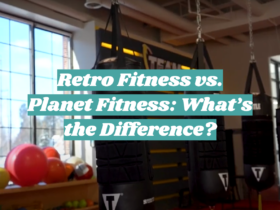



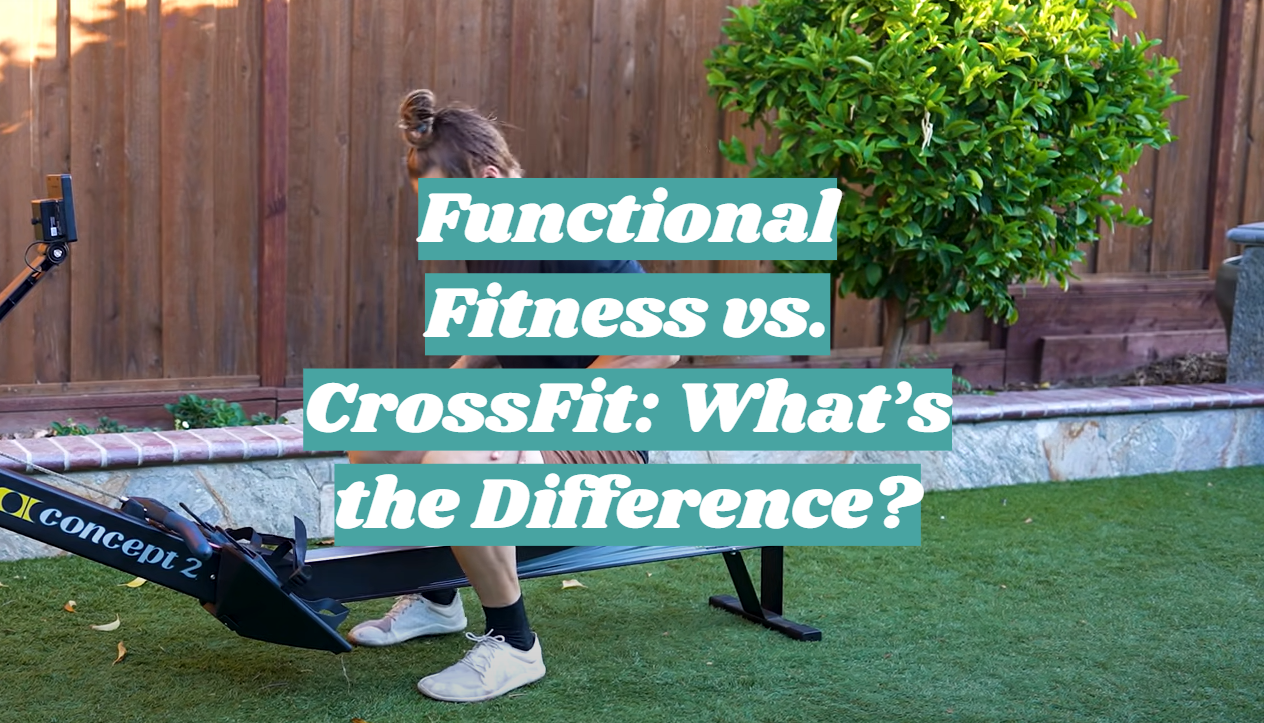

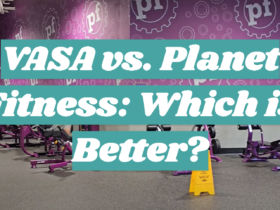
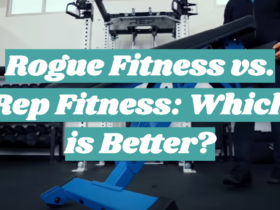
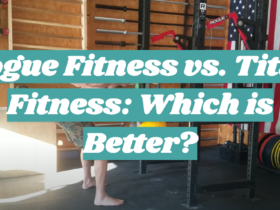
Leave a Review